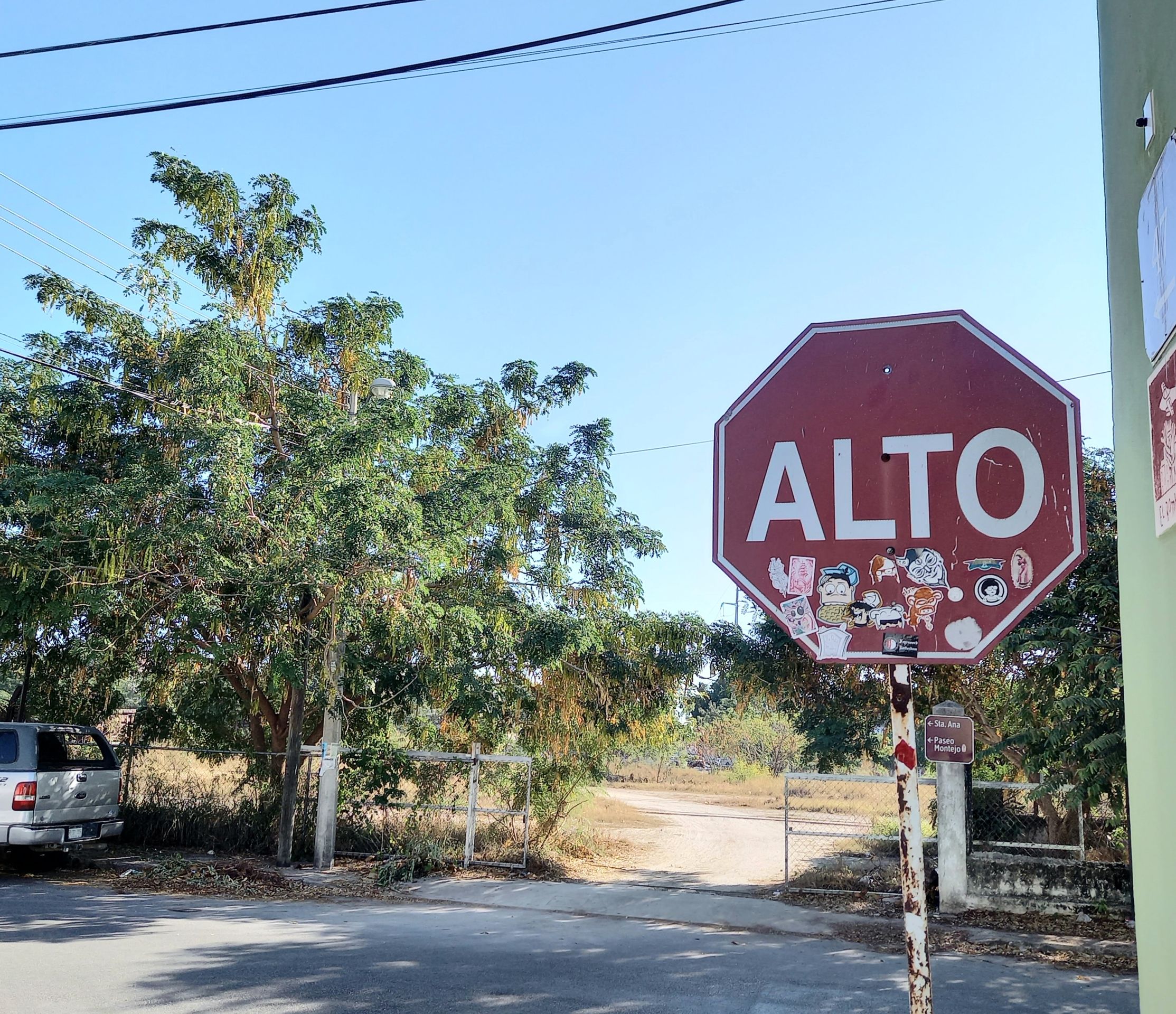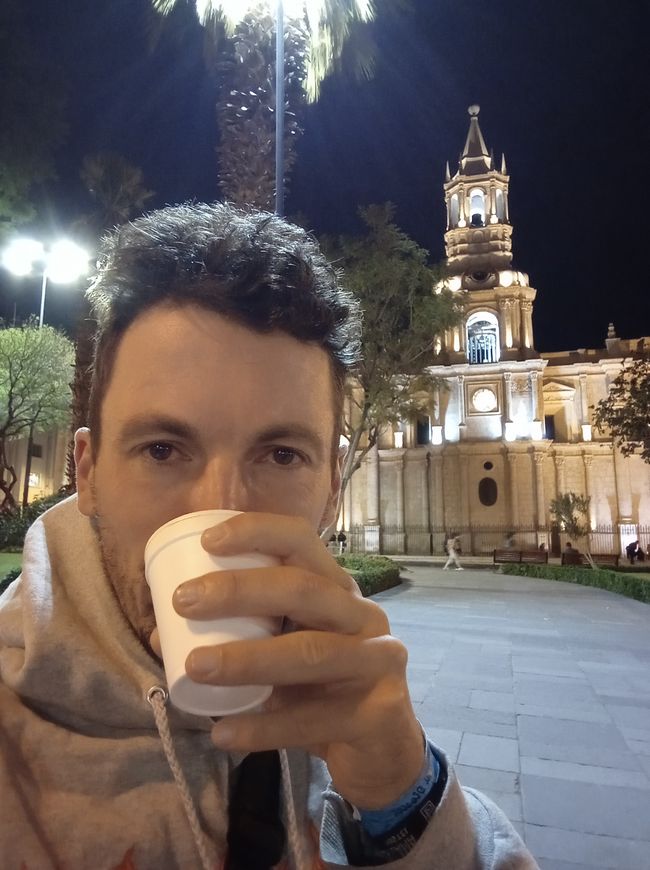Uruguay, an unknown country
Julkaistu: 23.04.2022
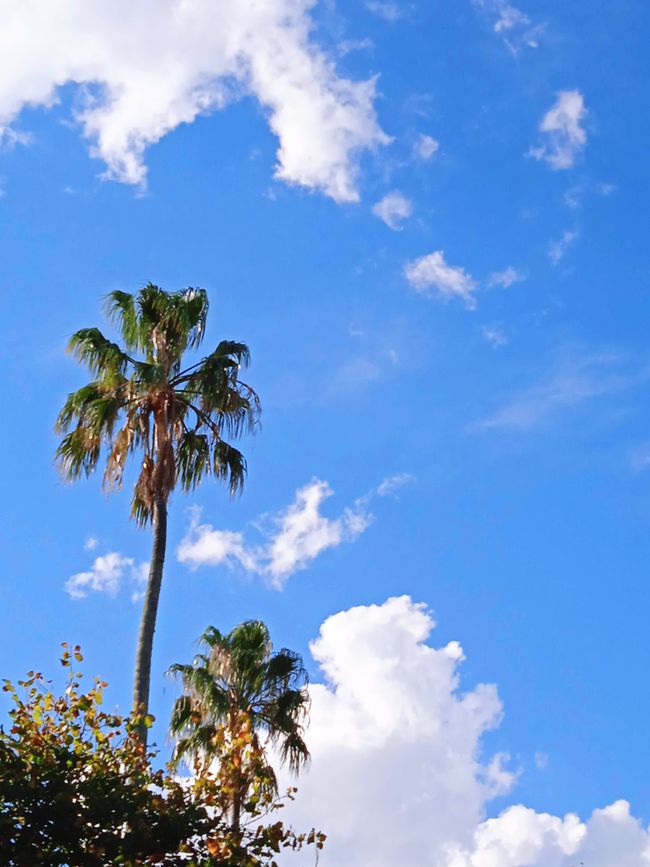

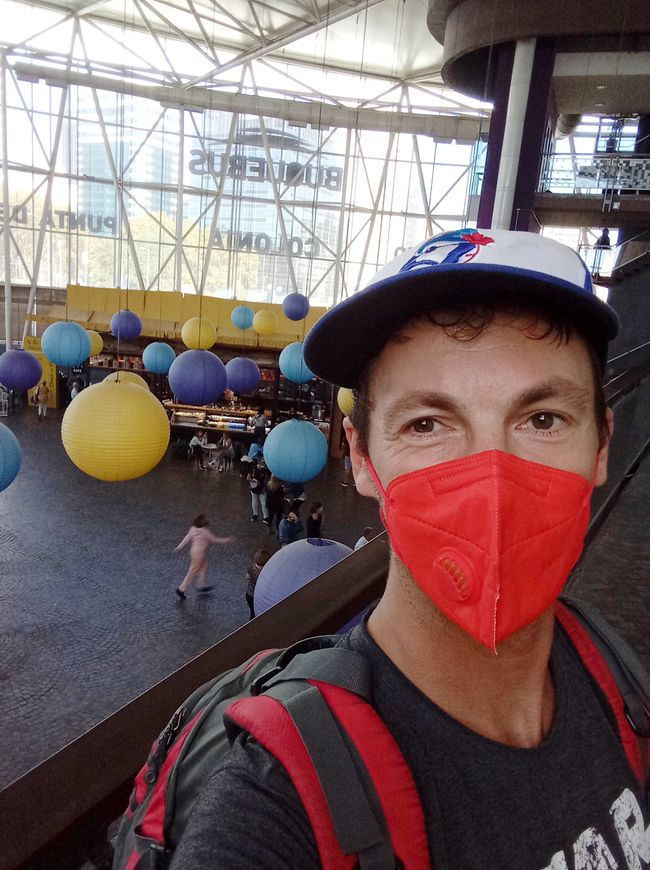
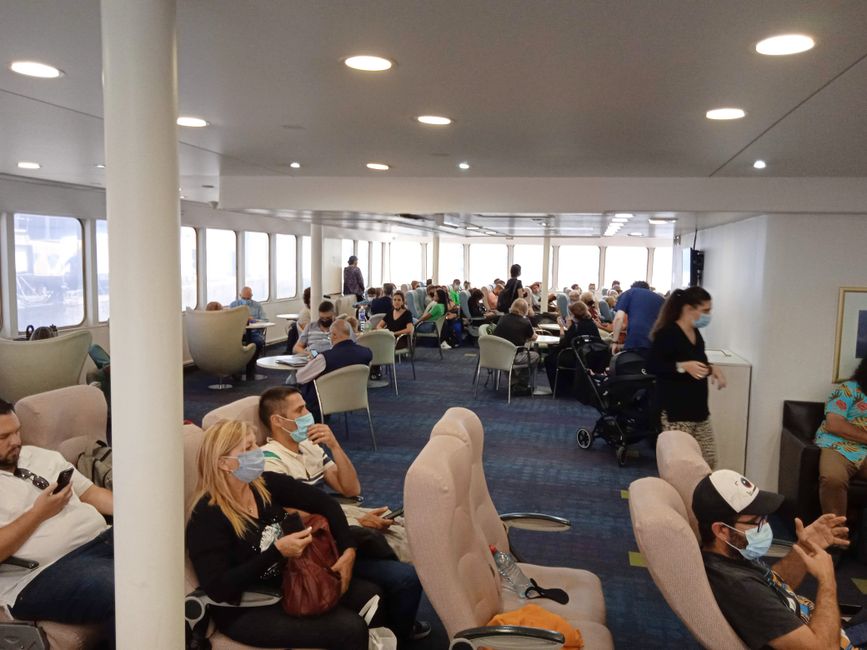
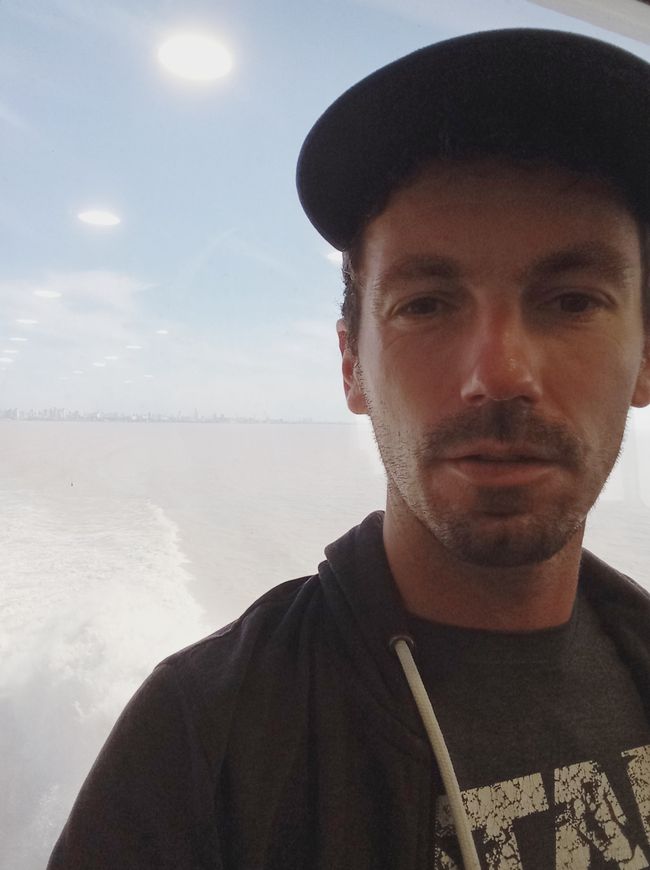
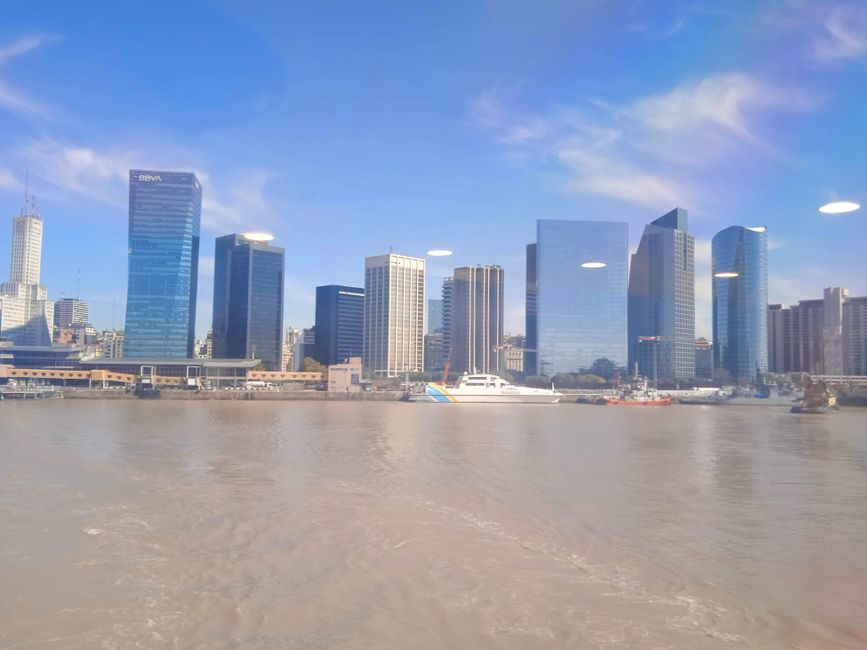
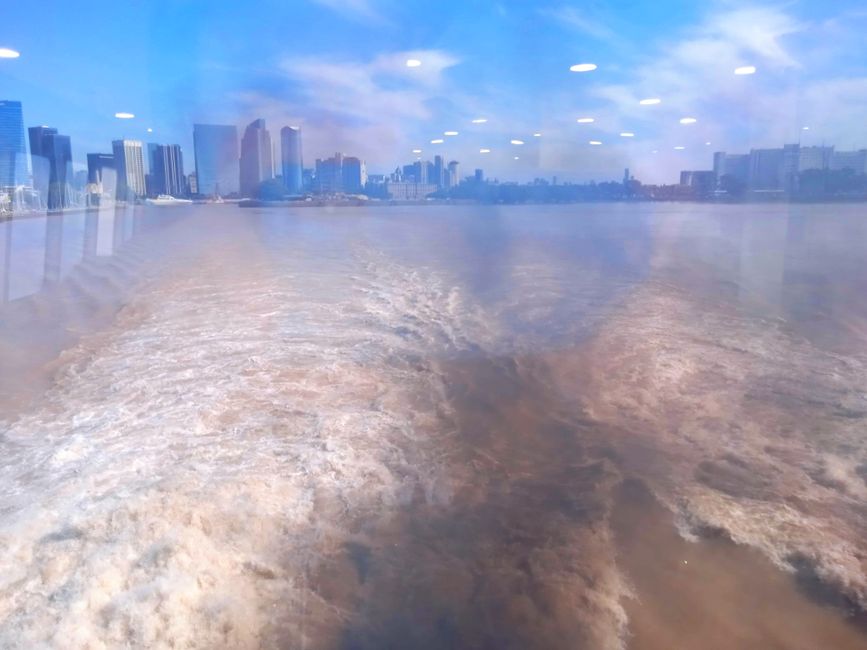
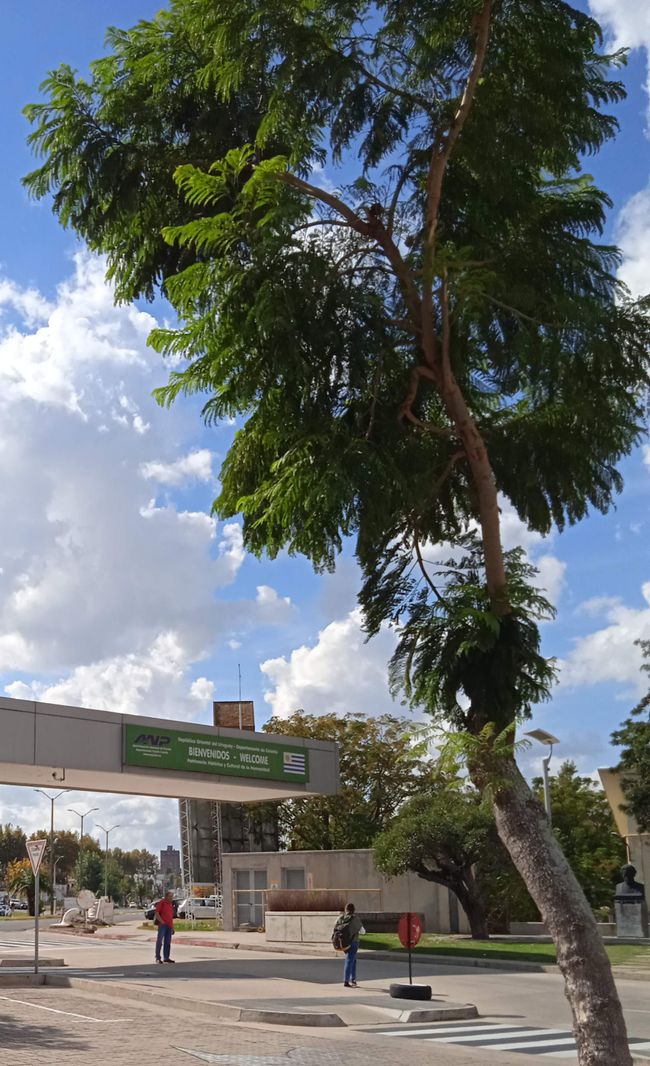
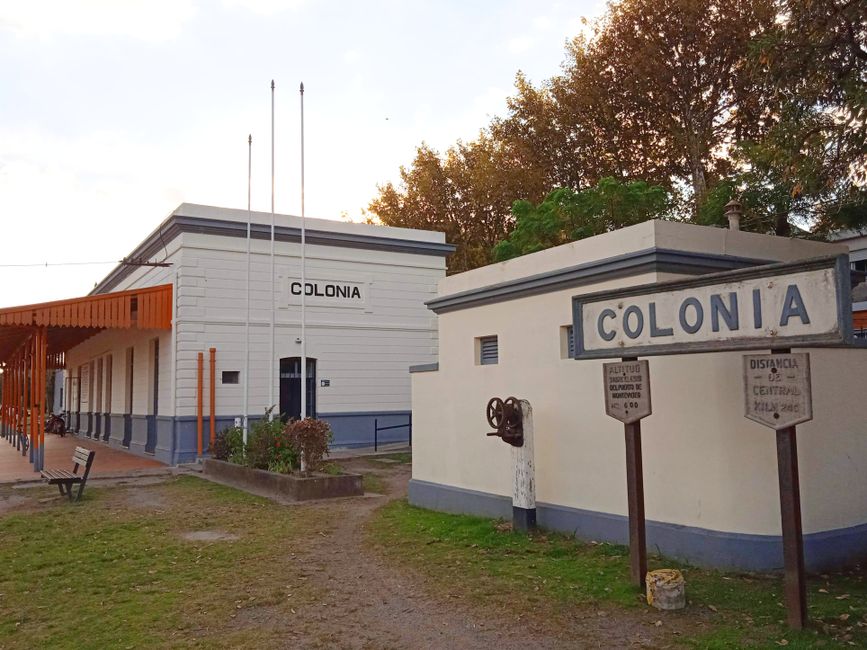
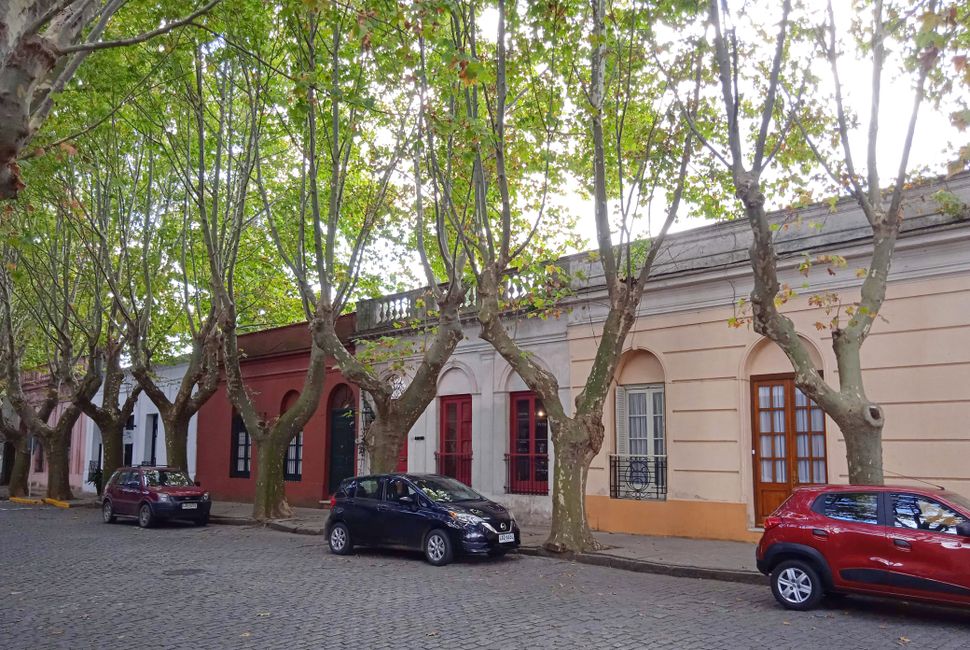
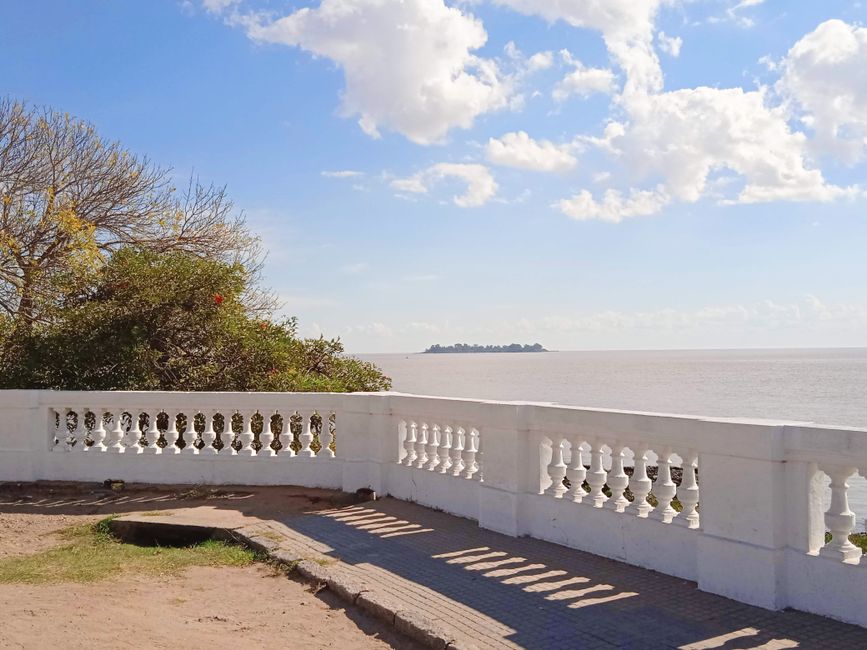
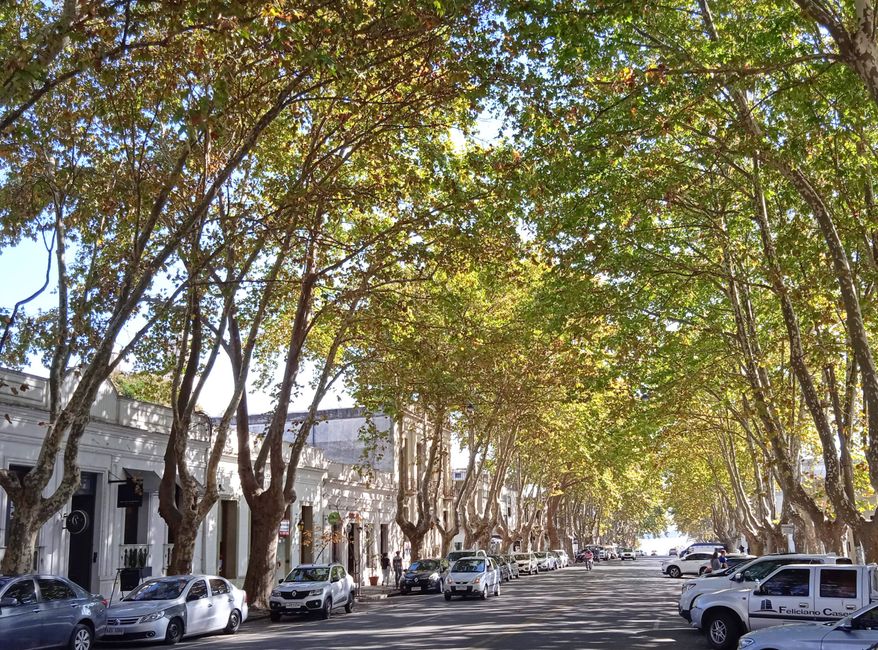
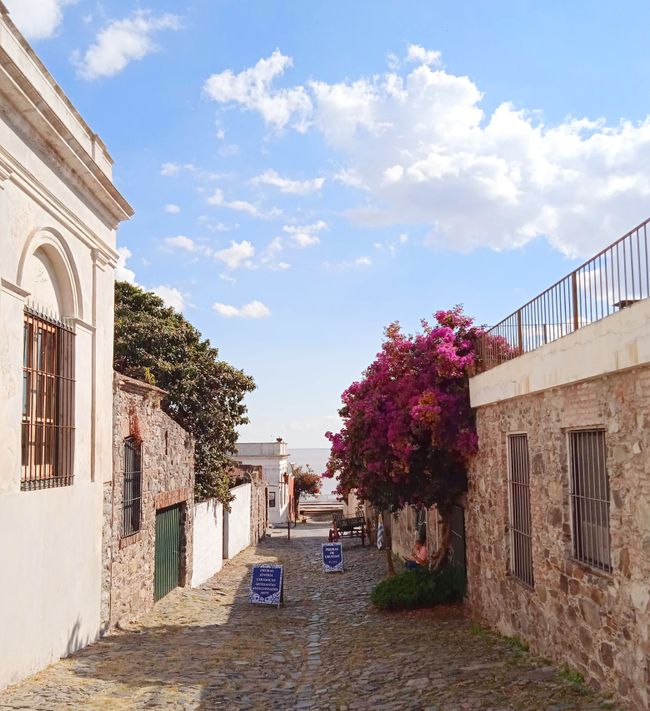
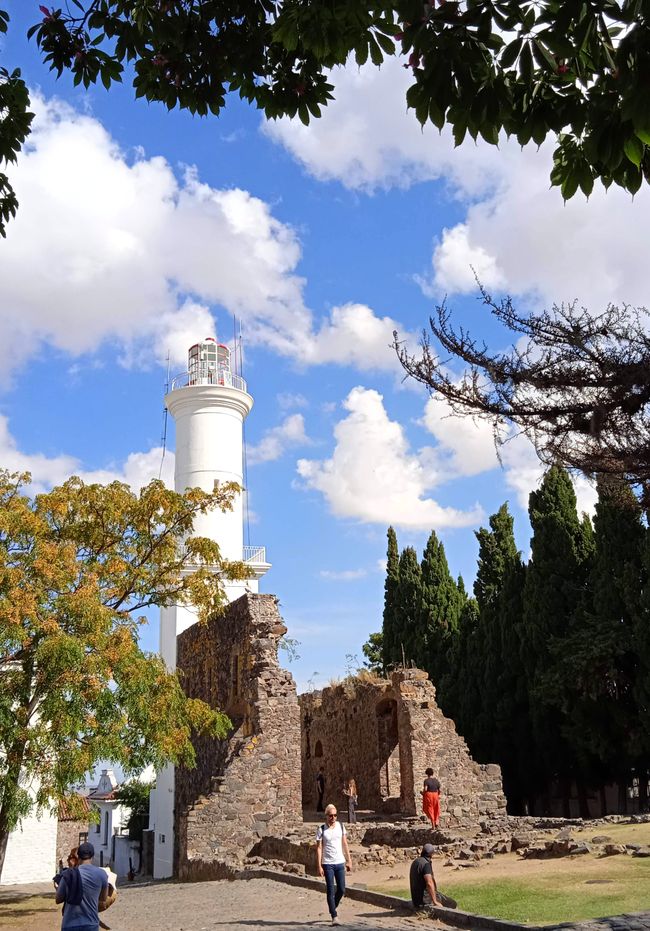
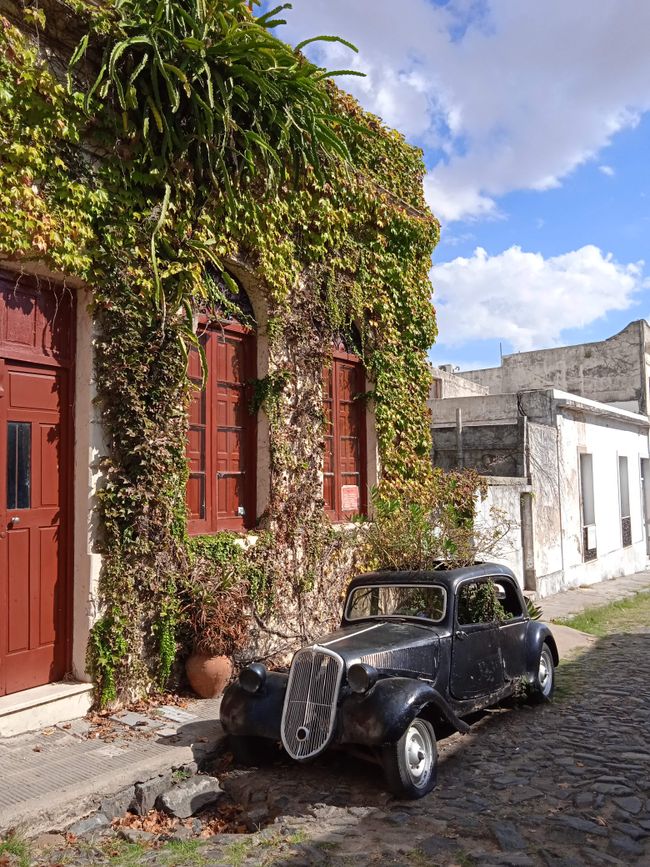
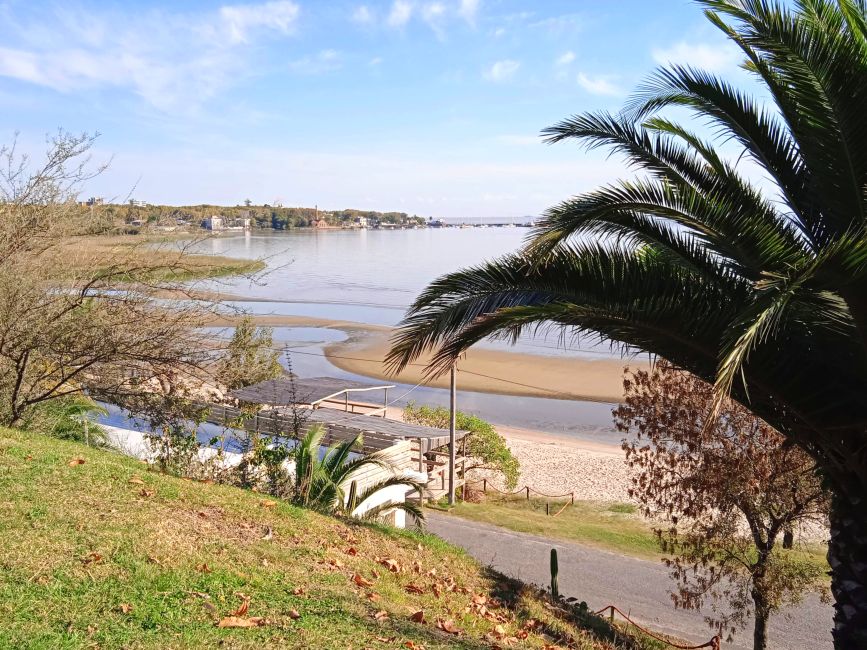
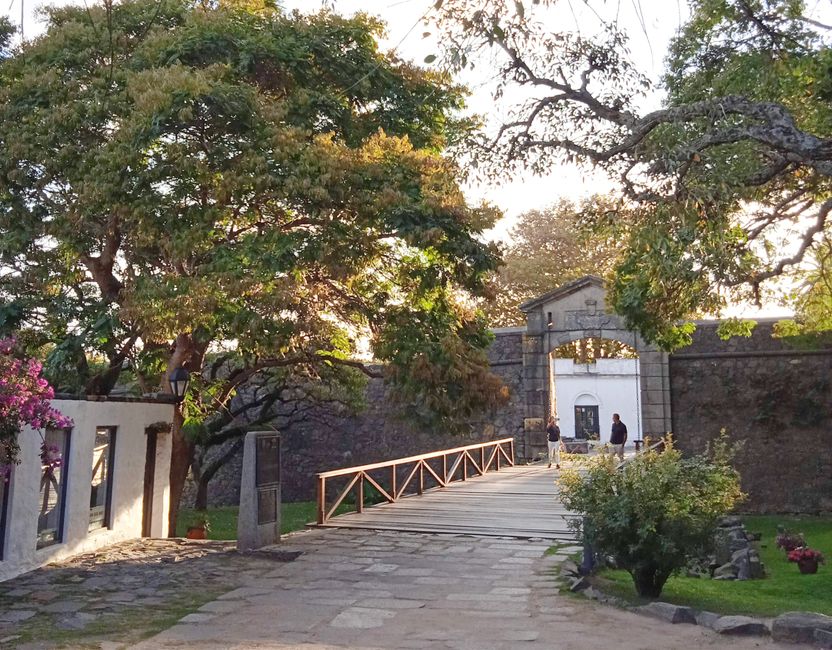

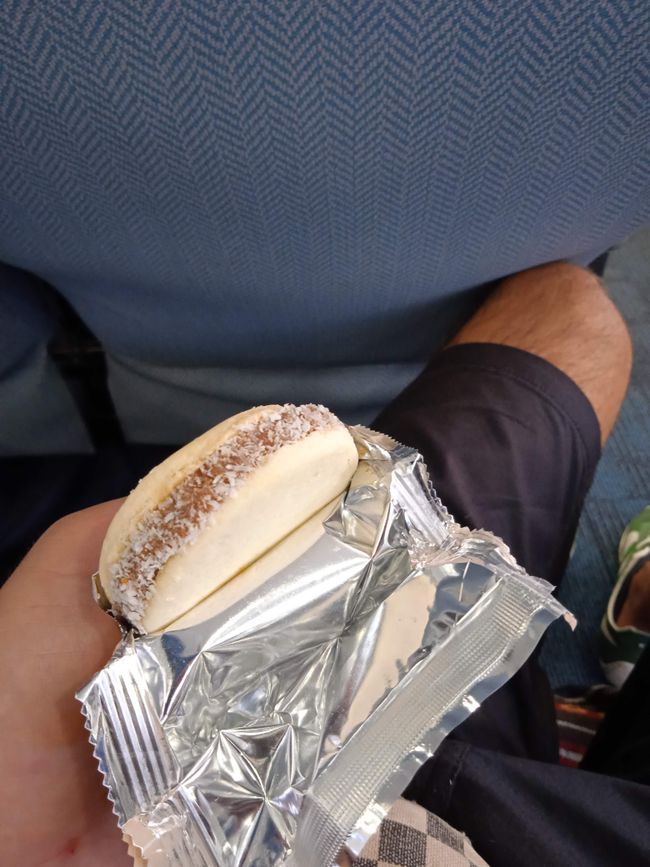
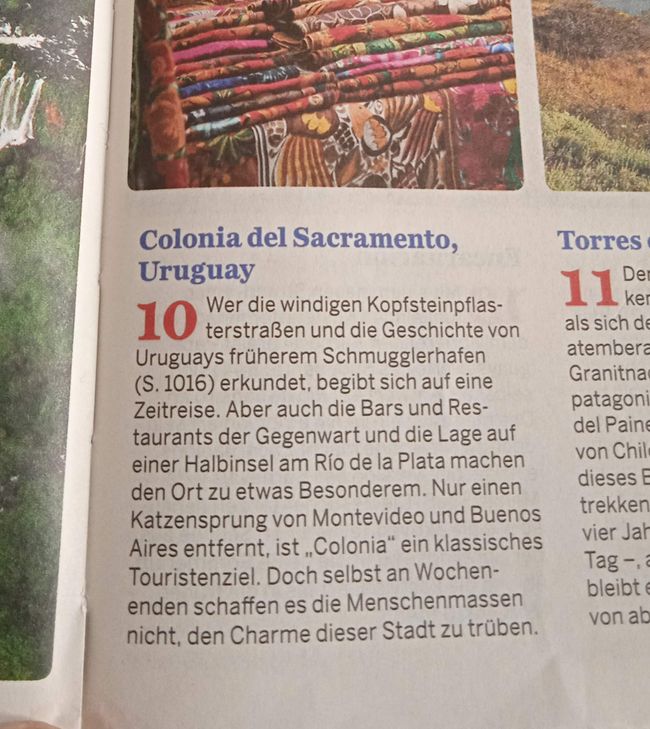
Tilaa uutiskirje
I knew almost nothing about Uruguay. The capital was Montevideo, it was located on the Rio de la Plata, and it won the first World Cup in 1930. I was not familiar with any famous sons or daughters. So my visit here was more like a chance encounter. After all, my two-day visit to Uruguay was only due to the fact that I had booked a relatively cheap flight from Montevideo three weeks ago.
I left Buenos Aires behind on Wednesday by boat. The ferry terminal and immigration control gave the seriousness of crossing a border. At the same time, the process was calm and the one-hour ferry ride, costing a hefty 50 euros, was like being in the waiting area of a two-star hotel, complete with dirt-absorbing carpet and dirty-dusty windows. There was an overpriced canteen, an upper deck for first class, but no outdoor areas. Somehow, I expected more from my boat trip.
I arrived in Colonia del Sacramento around 2 pm. The colonial settlement, the size of a small town, was the complete opposite of Buenos Aires, located 50 km away. Cobbled streets, deserted streets, rural tranquility. I'm glad I chose to stay in Montevideo for two nights instead of staying longer in Colonia. Nevertheless, I dropped off my luggage and explored the old smuggling village.
There I sat by the Rio de la Plata, which flowed directly into the Atlantic Ocean. Six weeks ago, I landed in Lima. From the Pacific coast and the northern foothills of the Atacama Desert, I crossed the continent overland, crossed the Andes, traveled through the land of the Incas, and visited the vast salt flats of the Altiplano, leaving behind Peru, Bolivia, and Argentina. I enjoyed my afternoon beer on a shady bench, looked at the brown murky water of the 'Silver River', and daydreamed. There wasn't much else to do in Colonia.
At 7 pm, I took the bus to Montevideo, where I arrived three hours later. I checked into the hostel, had a schnitzel around midnight, and then sneaked home in the pouring rain.
Tilaa uutiskirje
Vastaus
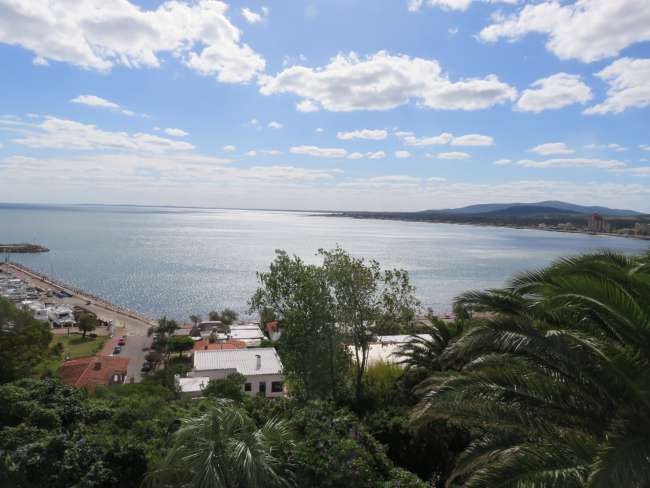
Matkaraportit Uruguay
